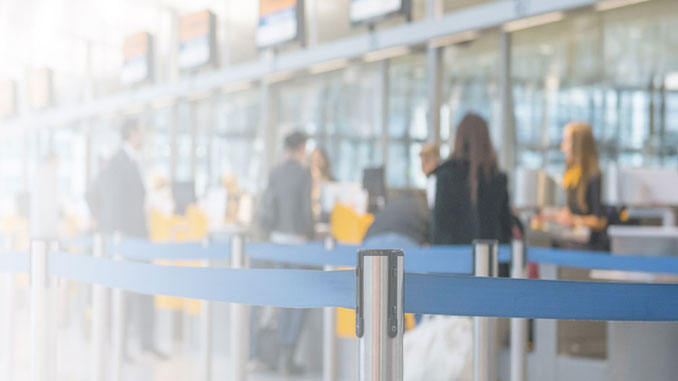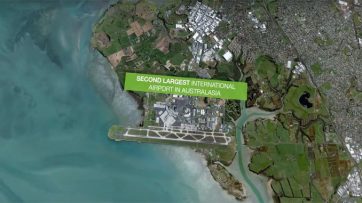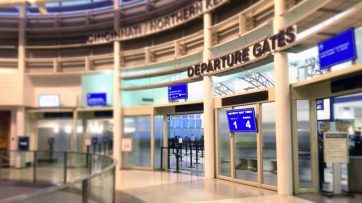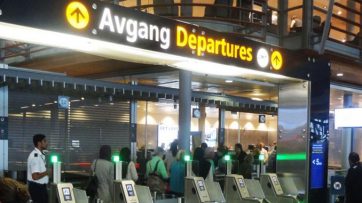A Guest Post by Christian Bugislaus Carstens, Marketing Manager at BLIP Systems.
“When and how many passengers will show up today and in the future? How many staff members should be at work and most importantly, when?”
These are just some of the questions, that more and more airports gets answered using data mining and predictive modeling analytics.
Accurate capacity forecasts are key to smooth and efficient airport operations. Knowing how many and when passengers arrive at airport processes is vital to ensure that staffing resources matches the demand.
Unexpected events disrupt the operational plan.
Each day brings new challenges such as flight delays, seasonal changes, events, national holidays and more. Disruptions impact the operational plan and require both live and long-term operational changes in airport passenger processing areas to prevent queue build-up, frustrated passengers and lost revenue.
Today, many airports still rely on manually made spreadsheets with generic inputs to forecast capacity and plan staffing resources. Typically, these spreadsheets do not take unexpected events, such as changes in the flight schedule, adjacent road traffic delays, weather changes or other operational obstacles, into account, which can seriously affect the operational plan.
In addition, passengers show up differently at the airport, depending on their type of flight (short-haul, long-haul, charter) and check-in procedures (online, check-in kiosk or at the check-in desk with or without baggage which needs to be checked in).
Combined data gives an accurate picture of the situation.
With today’s amount of passenger and flight data available, such as boarding passes, flight information, queue management and more, airports can now automatically allocate resources and define resource requirements with a much higher degree of accuracy.
By combining flight operation and delays with known data about passengers and how they tend to arrive, airports can, in real-time, automatically and efficiently, scale staffing resources, such as agents, screeners and immigration officers with demand at the right times.
It also enables managers to dynamically update capacity, taking into consideration the progress of flights currently being processed in contrast to the plan.
By adding future flight schedules, expected growth, overall trends, events, holidays and more, passenger volumes for the days, weeks and months to come can be accurately predicted.
Optimized operation, improved passenger experience and maximized revenue.
Having the right amount of staffing scaled to the current amount of passengers significantly improves resources and use. It helps to reduce bottlenecks and wait times, smoothen the transfer process and increase commercial dwell time of passengers, which is directly linked to higher retail revenue.
Studies show that every minute of delay costs an airport up to $1.00 per passenger. It adds up, especially for airport concessionaires who need passengers to spend as much time as possible airside.
In addition, ensuring that passengers experience a quick and easy passage will significantly increase the opportunity for a positive experience, with more satisfied and recurring travelers as a result.

This is a Guest Post by Christian Bugislaus Carstens, Marketing Manager at BLIP Systems.
BLIP Systems ́ BlipTrack Passenger Appearance Forecasting Module automatically predicts minute-by-minute passenger appearances and provides both live and long-term decision support for operational managers to scale capacity with demand.
BlipTrack consists of several advanced modules which are designed to optimize all stages of passenger handling and improve commercial areas.
From queue predictions and flow measurements to advanced capacity forecasting, Bliptrack provides airports around the world with insights to effectively scale staffing resources with demand, improve non-aviation revenue, while maintaining a high level of passenger service.







